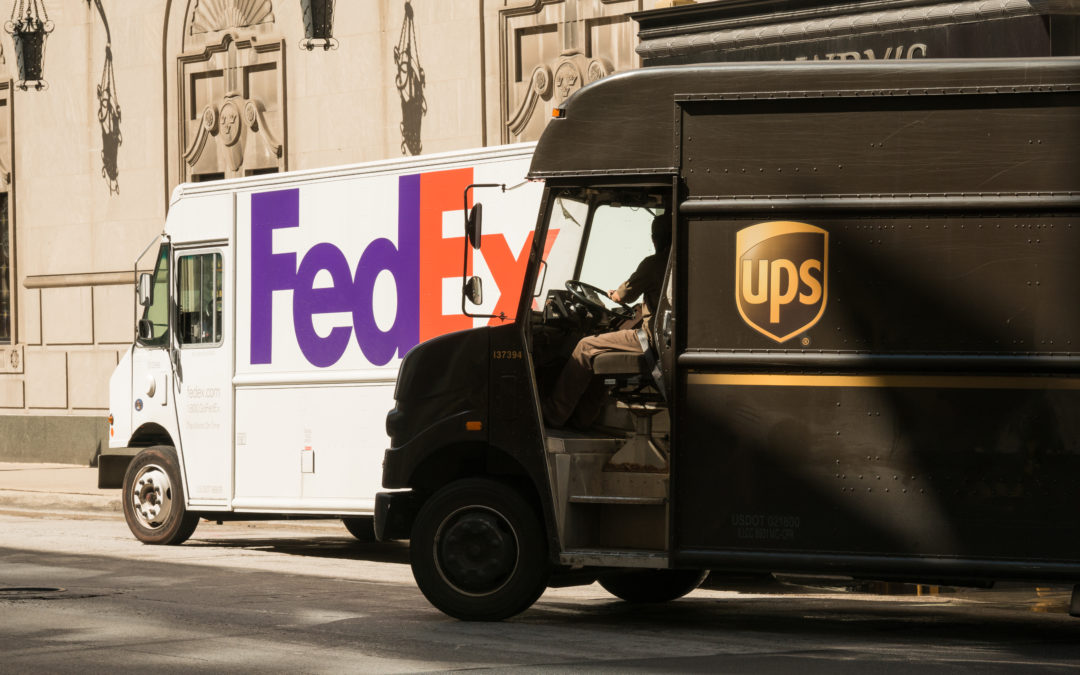The state of the current parcel market is as complex as it has ever been. It has been an unprecedented carrier market this year, with no specific end in sight as shipping demand remains high and UPS and FedEx exert margin pressure on volumes.
While the pandemic began the onslaught of causes for the current market conditions through high ecommerce volumes and limited carrier capacity due to restrictions on the number of personnel allowed inside sort facilities and trailers, it has morphed into a different set of Covid-19 related issues this year. While volumes have remained high, capacity has improved due to easing of Covid-19 restrictions through vaccinations and government policies. However federal stimulus money has caused hiring issues across the country this summer which have, in turn, caused the carriers to raise employee wages and hiring bonuses. These increases have largely been passed onto shippers in the form of higher shipping rates.
UPS began a season of rate increases last year under the leadership of CEO Carol Tome (get accent over the e – see Google) and UPS rolled out its “better, not bigger” approach. UPS has been raising the rates of enterprise shippers while preferring higher-margin small and medium sized shipper volume. While these increases began last year, they have continued well into this year, causing FedEx to announce its own margin improvement plan. With the integrated carriers holding the line on pricing, large shippers have been forced to accept increases or investigate regional carriers.
The regional players have finally gotten their moment to rise this year and many large shippers have taken to serious consideration of regionals like Ontrac, Spee-Dee, LSO, Lasership and others. Early movers were able to take advantage of additional capacity offered by the regionals. At present time pricing has tightened up with most regionals as well, due to intense demand and a commitment to assuring service levels for those shippers who have already come on board. As of September, Ontrac is no longer accepting new volume until the new year and LSO has followed suit as well.
Rate increases have been rolling out from FedEx and UPS since July with accessorials and fuel surcharges increasing in advance of the peak season surcharges and the General Rate Increases (GRIs) that have yet to be announced.
Surcharge and rate increases need to be very carefully evaluated at the shipper level to allow a full understanding of the impact and for strategic planning as well.
Large shippers would be wise to consider regional carriers now for 2022 pricing and implementation, though some analysis could be hampered by a lack of negotiating power with the integrated carriers during the fourth quarter of 2021.
On a more positive note, higher rates being charged by the regionals will allow the build out of infrastructure which will allow for increased capacity and a better pricing environment in the nearer term.
At the present, given the surge in Delta Covid cases, uncertainty about the jobs market and upward pressure on rates it is difficult to see when pricing might moderate in 2022.
At the present time it’s all hands-on deck to ride out the current parcel volatility and for close attention to be paid to the factors influencing pricing as we head towards 2022.

